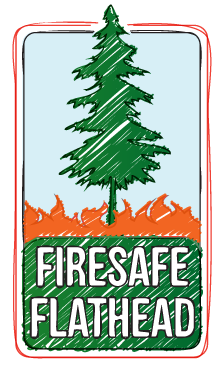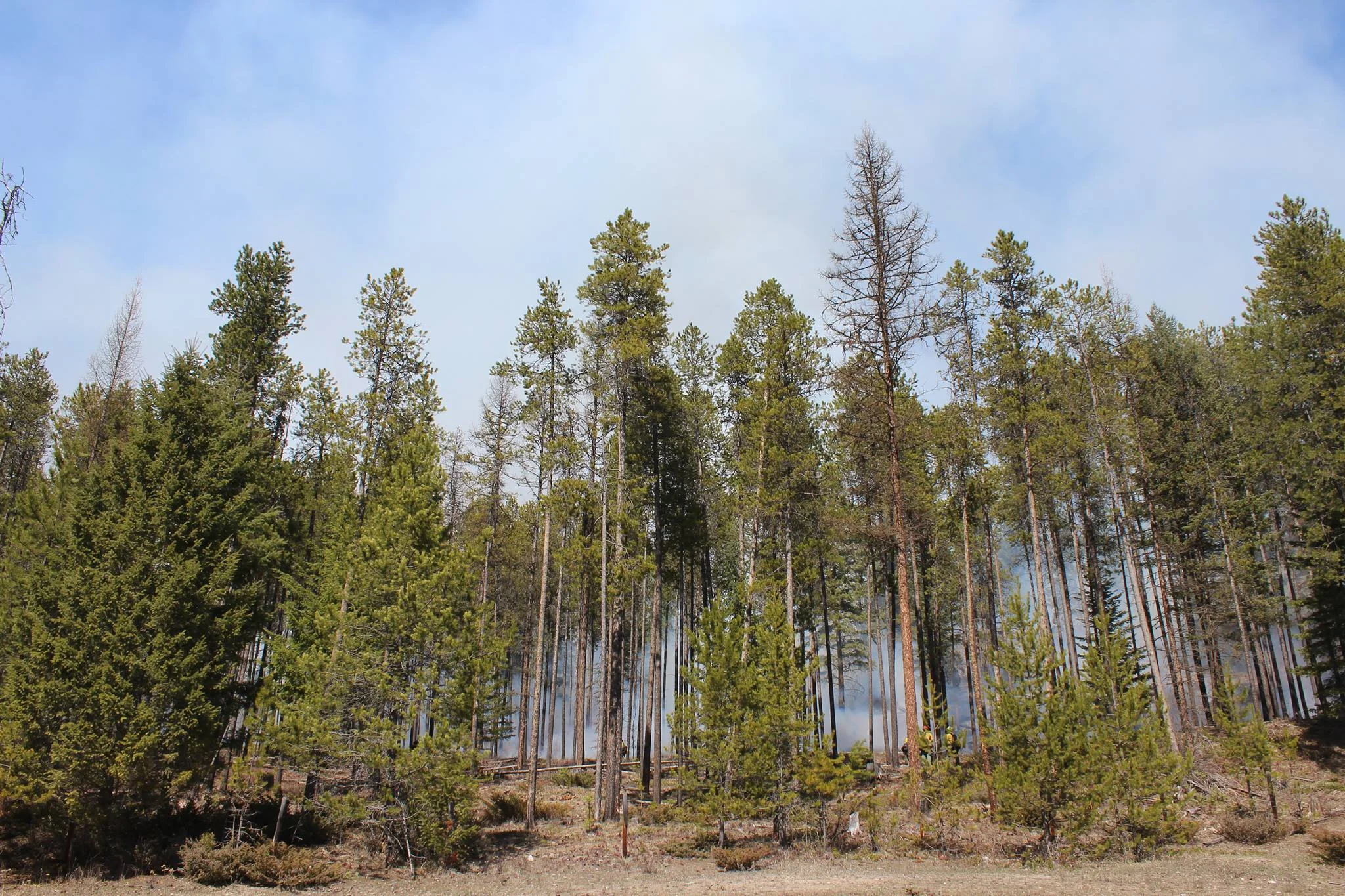FIRE DANGER RATINGS
The local fire danger is set using a number of different criteria including: Energy Release Component (expected fire intensity), number and size of current fires burning at a local level, number of local resources (firefighters, fire engines, aviation…) committed to fires, and number of local resources available for new fires.
Low - Fuels do not ignite readily from small firebrands although a more intense heat source, such as lighting, may start fires in duff or punky (dead & rotting) wood. Fires in open cured grasslands may burn freely a few hours after rain, but wood fires spread slowly by creeping or smoldering with little danger of spotting. Weather and fuel conditions will lead to slow fire spread, low intensity and relatively easy control with light mop-up. Controlled burns can usually be executed with reasonable safety.
Moderate - Fires can start from most accidental causes, but with the exception of lightning fires in some areas, the number of starts is generally low. Fires in open cured grasslands will burn briskly and spread rapidly on windy days. Timber fires spread slowly to moderately and the average fire is of moderate intensity. Short- distance spotting may occur, but is not persistent. Fires are not likely to become serious and control is relatively easy. Although controlled burning can be done without creating a hazard, caution should be taken.
High - All fine dead fuels ignite readily and fires start easily from most causes. Unattended campfires are likely to escape. Fires spread rapidly and short-distance spotting is common. High-intensity burning may develop on slopes or in concentrations of fine fuels. Fires may become serious and their control difficult unless they are attacked successfully while small.
Very High - Fires start easily from all causes and immediately after ignition, spread rapidly and increase quickly in intensity. Spot fires are a constant danger. Fires burning in light fuels may quickly develop high intensity characteristics such as long-distance spotting and fire whirlwinds when they burn in heavier fuels. Both suppression and mop-up will require an extended and very thorough effort. Outdoor burning is generally not allowed. Fire Restrictions may be in effect.
Extreme - Fires start quickly, spread furiously, and burn intensely. All fires are potentially serious. Development into high intensity burning will usually be faster and occur from smaller fires than in the very high fire danger class. Every fire start has the potential to become large. Expect extreme, erratic behavior. NO OUTDOOR BURNING ALLOWED. Fire Restrictions are generally in effect.
Red Flag Warning - A short term, temporary warning indicating the presence of dangerous combinations of temperature, wind, relative humidity, fuel or drought conditions which can contribute to new fires or rapid spread of existing fires. Can be issued at any Fire Danger level.







